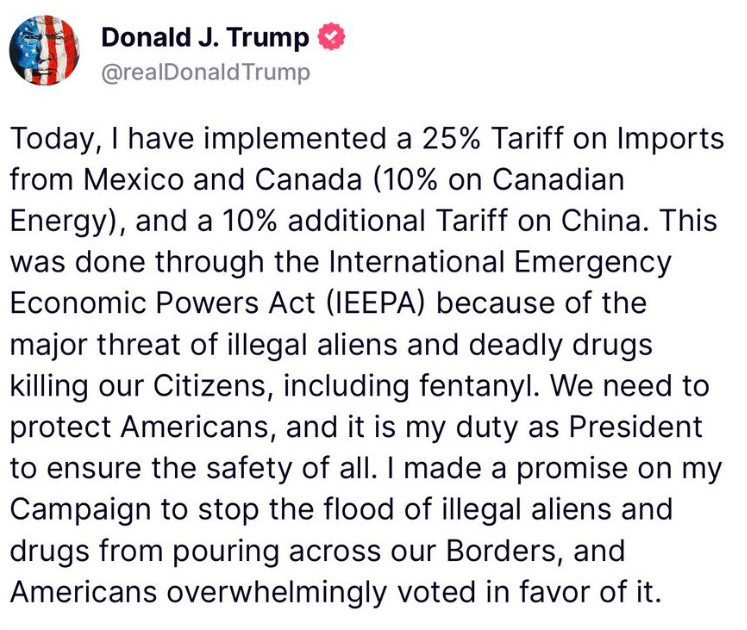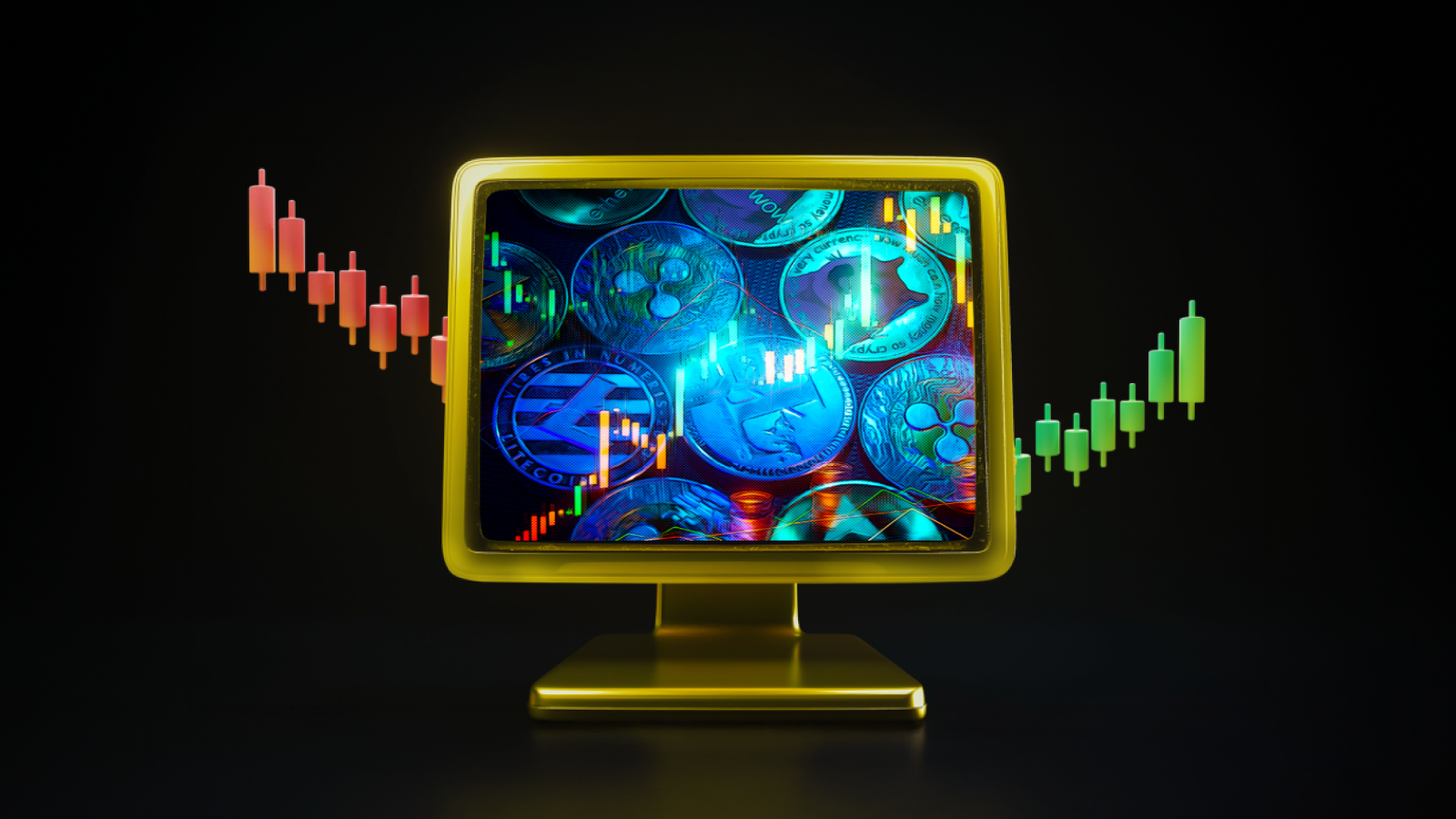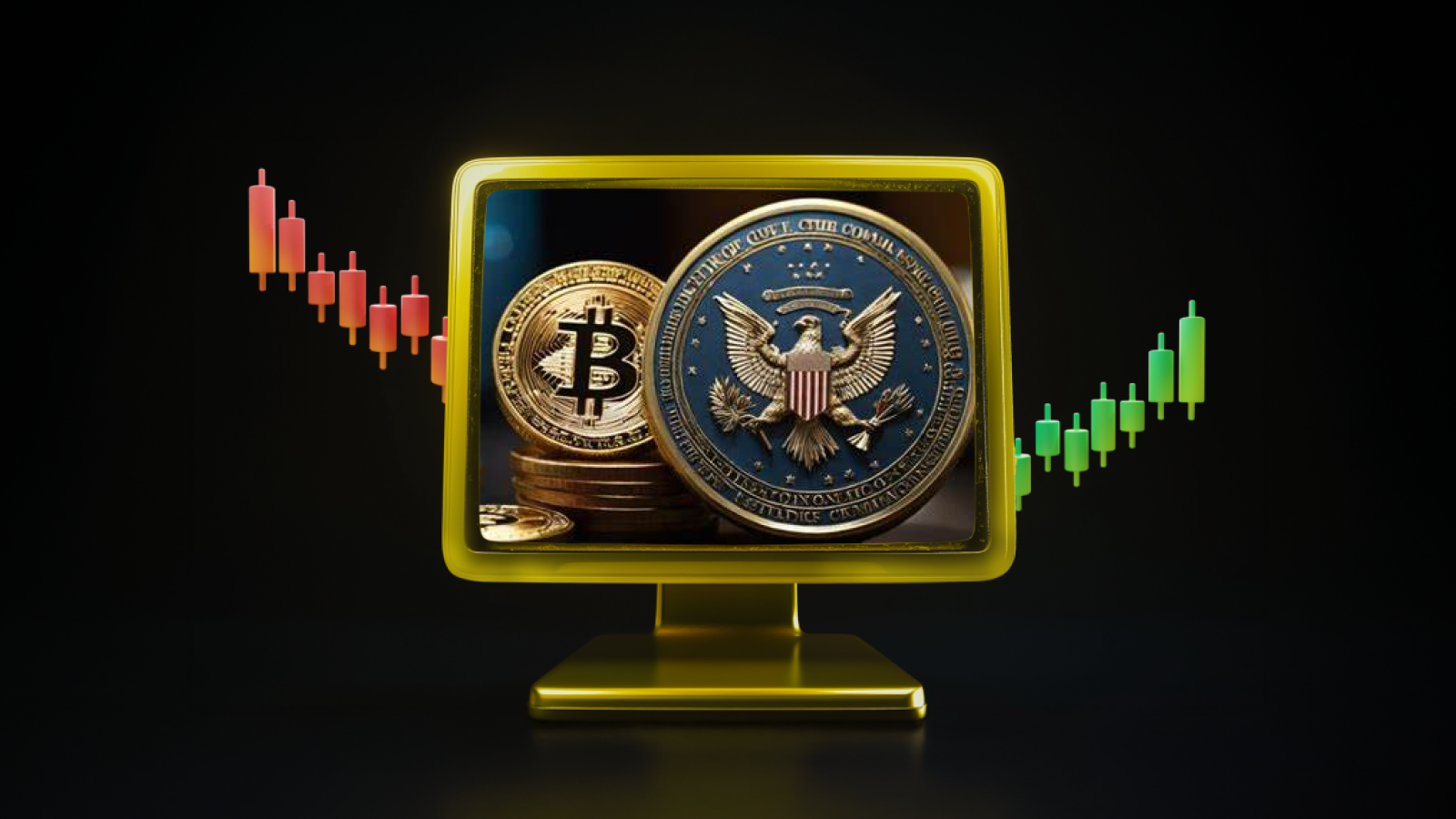Introduction
On January 20, 2025, Bitcoin hit an all-time high (ATH) of $109,588 as Donald Trump took office as US President. While the positive sentiment in the market raised investors’ expectations that the uptrend would continue, Trump’s statements on tariffs quickly reversed this optimistic mood. This outflow, which caused uncertainty in global markets, also caused a sharp sell-off in the cryptocurrency market.

Source: truthsocial.com
Other developments that deepened this decline also took effect in a short time. The revelation of the DeepSeek incident and the subsequent hacking of the Bybit exchange by the North Korean Lazarus Group further increased the unease in the markets. As investors’ risk appetite diminished, the selling pressure grew stronger.
However, some altcoins remained more resilient than others despite the sharp decline in the overall market. Some cryptocurrencies in the top 20 in terms of market capitalization suffered more limited losses against the downturn but could not completely avoid the overall decline.
5 Alt Coins Minimally Affected by the Fall
The table below lists the five coins that were least affected by the drop in the market after Trump announced the tariffs. These coins are among the top 20 in market capitalization and have remained relatively resilient despite the severe selling pressure.
| Coin | February 1, 2025 Price | March 20, 2025 Price | Rate of Change (%) |
|---|---|---|---|
| BNB | $677.49 | $630.32 | -6.96% |
| XRP | $3.03 | $2.43 | -19.80% |
| ADA | $0.942 | $0.718 | -23.78% |
| LTC | $128.09 | $93.29 | -27.17% |
| XLM | $0.4107 | $0.285 | -30.61% |
*Coin prices are given as “USDT (Tether)” parity.
So, what are the reasons why these coins are less affected despite the market’s selling pressure? The answer to this question may differ for each coin. For example, factors such as legal processes, ETF applications, developments on their networks and ecosystem expansions are among the important factors that shape this resilience. At this point, we will briefly touch on the key factors to understand the strong stance of each coin and evaluate whether they can maintain a similar performance in the coming period.
- BNB
Developments on Binance Smart Chain (BSC) have increased user interest by reducing transaction costs, especially through Layer 2 solutions and zk-rollup integrations. At the same time, regular burns through the BNB Burn program reduced circulating supply, which had a positive impact on the price. Binance’s strategic moves to counter global regulatory pressures and expand its operations in Europe and Asia also helped boost investor confidence.
- XRP
The positive developments in the Ripple-SEC case and the clarification of the decision that XRP is not a security have significantly increased investor confidence. This strengthened XRP’s position in the market and increased the interest of institutional investors. In particular, the possibility of an XRP ETF triggered the interest of large funds and institutional investors in XRP and had a positive impact on the price.
- ADA
Cardano’s network updates, especially the transition to the Voltaire phase, increased ADA adoption. Subsequently, stablecoin projects and the integration of new DeFi platforms into the Cardano ecosystem helped the network grow in terms of TVL (Total Value Locked).
- LTC
Litecoin has been relatively stable in price, benefiting from BTC rises thanks to its strong correlation with Bitcoin. The MWEB (MimbleWimble Extension Block) update, which improved the network’s transaction speed and privacy features, made Litecoin more attractive and increased user interest. In addition, the increasing acceptance of Litecoin in payment systems has also supported demand by offering a significant advantage in terms of daily use.
- XLM
Soroban Smart Contracts and Protocol 20 Update increased the functionality of the network, attracting developers. Its focus on cross-border payment solutions and low transaction costs made XLM attractive to financial institutions. In addition, being a preferred infrastructure for CBDC projects and its regulatory-compliant structure were among the factors that increased investor confidence.
General Evaluation
In this process, the common point of the projects that showed resilience against the sharp declines seen across the market was their ecosystem development, compliance with regulations, expansion of their use cases and factors that increased investor confidence. However, the ability of these assets to sustain their performance as the market recovers in the coming period will be directly linked to the growth of their networks and macroeconomic developments.





